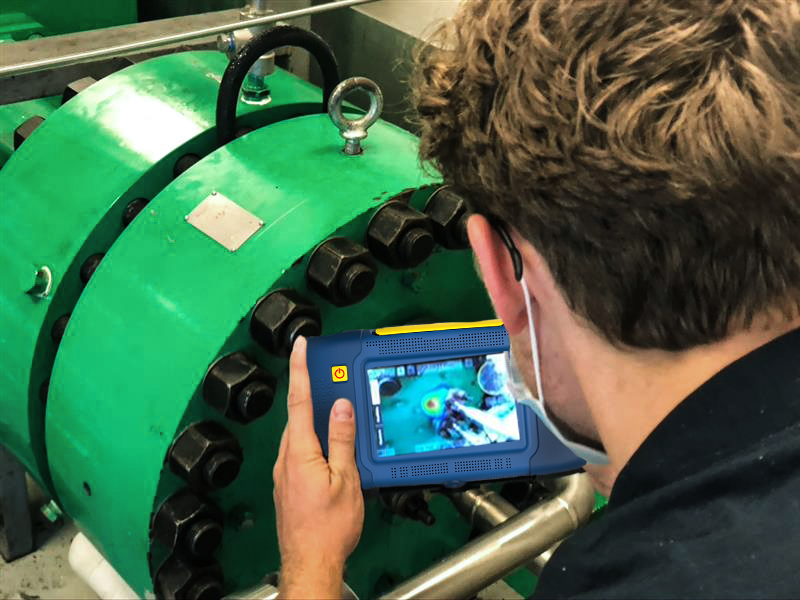Fuse Types Explained
By R.W. Hurst, The Electricity Forum
Substation Relay Protection Training
Our customized live online or in‑person group training can be delivered to your staff at your location.

- Live Online
- 12 hours Instructor-led
- Group Training Available
Download Our OSHA 3875 Fact Sheet – Electrical PPE for Power Industry Workers

- Follow rules for rubber gloves, arc-rated PPE, and inspection procedures
- Learn employer obligations for testing, certification, and training
- Protect workers from arc flash and electrical shock injuries
Fuse types cover blade, cartridge, glass, and resettable PTC options for circuit protection, with fast-acting or time-delay ratings, AC/DC compatibility, voltage and amperage classes, and standards like IEC, UL, and DIN for safety.
What Are Fuse Types?
Fuse types classify overcurrent protection by form, speed, and ratings to safely interrupt faults.
✅ Common forms: blade, cartridge, glass tube, resettable PTC.
✅ Operating traits: fast-acting vs time-delay (slow-blow).
✅ Key specs: voltage, amperage, interrupt rating, approvals (UL, IEC).
Fuses are crucial in protecting electrical systems from damage caused by overcurrents or short circuits. By understanding the various fuse types, you can ensure the safety and efficiency of your electrical circuits. For a concise overview of what a fuse does and how it behaves under fault conditions, see this guide to what a fuse is for foundational context.
There are several fuse types, each designed for specific applications and purposes. The most common types include AC fuses and DC fuses, automotive cartridge, high rupturing capacity (HRC), and high voltage. Other less common fuse types include Type S, Type T, Type D, and Type P. These categories sit within the broader family of circuit protection devices that safeguard conductors and loads.
AC and DC
AC fuses and DC fuses differ primarily in their voltage ratings and the nature of the electrical arcs they extinguish. AC ones can interrupt alternating current, while DC ones are designed to handle the direct current. Voltage ratings determine the maximum voltage the fuse can safely handle without breaking down. Understanding these distinctions supports proper overcurrent protection coordination practices across systems.
Automotive
Automotive kinds are specifically designed to protect the electrical circuits within vehicles. These are typically smaller and have lower voltage ratings than those used in residential or commercial applications. Blade ones, a subtype of automotive fuse, are widely used due to their compact design and ease of installation. They differ from other types in that they have a thin, flat metal strip rather than a cylindrical body. In automotive and low-voltage panels, it can be helpful to compare options alongside different circuit breaker types to choose serviceable solutions.
Electricity Today T&D Magazine Subscribe for FREE

- Timely insights from industry experts
- Practical solutions T&D engineers
- Free access to every issue
Cartridge fuses are cylindrical ones enclosed in a tube made of either glass or ceramic. Glass kinds allow for easy visual inspection. In contrast, ceramic types offer better protection against high temperatures and are more durable. In addition, the fuse elements within cartridge fuses are designed to melt and break the circuit when an overcurrent occurs.
HRC
High rupturing capacity (HRC) fuses are designed to handle high current loads and interrupt large fault currents. They contain a wire enclosed in a ceramic body filled with an arc-quenching material. HRC kinds are commonly used in power transformers and other high-power applications. Where high fault energy must be limited quickly, engineers often specify a current-limiting fuse to reduce let-through energy.
High Voltage
High voltage ones are used in electrical systems with voltage ratings above 1,000 volts. They are designed to protect electrical equipment, such as transformers, from damage caused by overcurrents and short circuits. High voltage fuses can also be found in power distribution networks and industrial applications. Distribution networks that protect overhead transformers may use a transformer cutout fuse for coordinated isolation.
Type S and T
Type S and Type T types are time-delay, designed to tolerate brief overcurrents without tripping. They are used in circuits with motors, transformers, or other inductive loads that can cause temporary current surges. Type S is typically used in residential applications, while Type T is more common in industrial settings.
Type D or P
Type D or P are also known as semiconductor fuses. They are specifically designed to protect sensitive electronic devices, such as integrated circuits and power transistors, from damage caused by overcurrents. They have a very fast-acting response time and a low voltage drop, ensuring minimal disruption to the electrical system.
When choosing the right fuse for your application, it's essential to consider the type of electrical system, voltage ratings, and the specific devices being protected. It's also crucial to understand the difference, such as cartridge and glass or rewirable fuse, which can be reset by replacing the fuse wire after a fault has been cleared.
Various kinds are essential protective devices in electrical systems, designed to prevent damage and ensure safety. By understanding the different ones and their applications; you can select the most appropriate one for your needs and maintain a safe and efficient electrical system. Comprehensive planning should also address short-circuit protection so that devices operate safely under worst-case faults.








